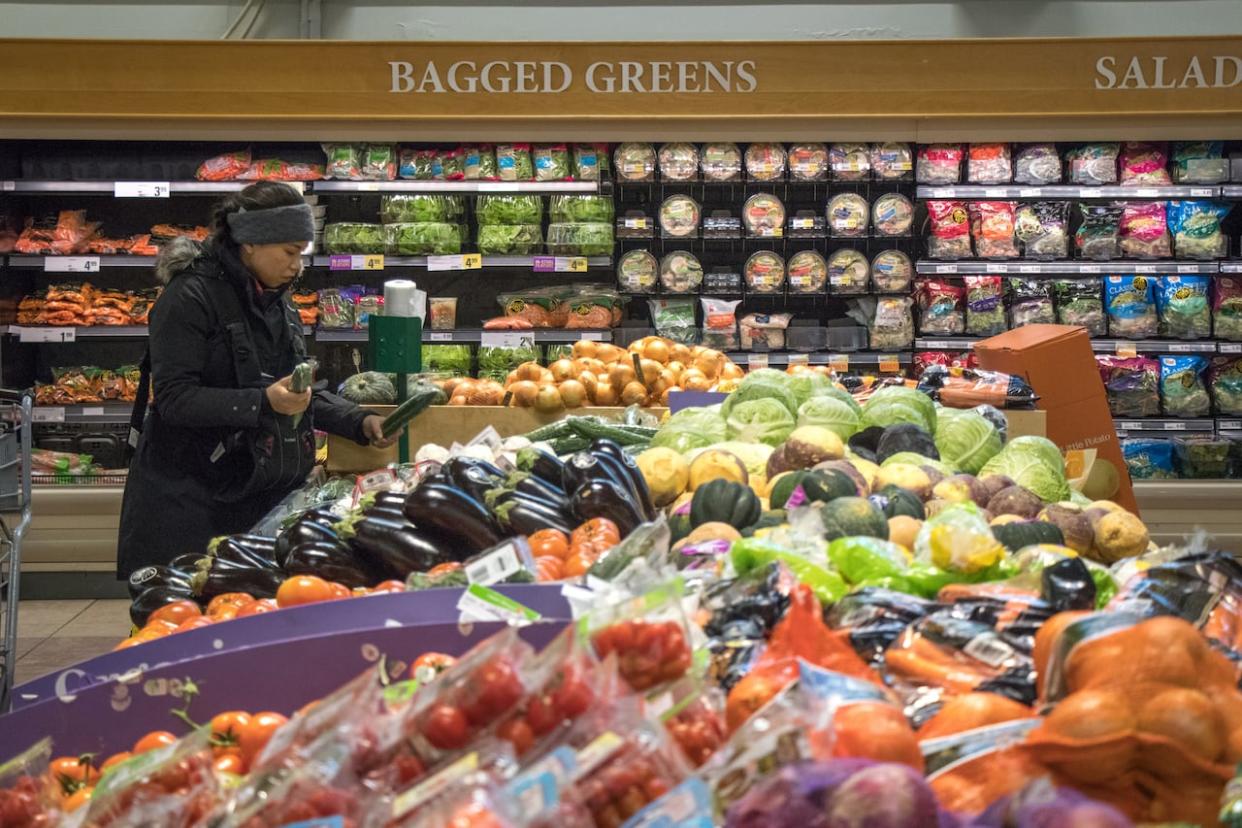How do N.S. grocery prices compare to other provinces?

Halifax resident Ken Kam is likely one of many Nova Scotians who say inflation has changed how they approach grocery shopping.
"I tend to buy … bigger items [in bulk] now to do a little saving," Kam said. He's also buying vegetables and beef less often, choosing the cheaper option of pork instead.
Over the last few years, the cost of groceries in Nova Scotia has skyrocketed. At its peak, the province saw prices rise by 13.1 per cent in November 2022 compared to the previous year.
On top of that, some categories of food, like bread, tend to be more expensive in Nova Scotia when compared to other regions of the country, said Janet Music, research program co-ordinator with Dalhousie University's Agri-Food Analytics Lab.
"A lot of what we eat here is shipped in and the bulk of agricultural production [in Canada] takes place in the Prairies … and Ontario and Quebec," she said.

Inflation has changed how Halifax resident Ken Kam shops for groceries. (Andrew Lam/CBC)
The average price of a 675-gram loaf of white bread in October of this year was $3.75 in Nova Scotia — 67 cents more than in Ontario, according to new data from Statistics Canada.
Music said Ontario has advantages over Nova Scotia as a province that's located centrally in the country with a higher population and more land that's suitable for agriculture.
Higher fuel and transportation costs are also reasons why groceries in Nova Scotia can be more expensive, she said.
The new data also shows that items like rice and fruit were often more expensive in Nova Scotia than the Canadian average in October.

Janet Music is the research program co-ordinator with Dalhousie University’s Agri-Food Analytics Lab. (Dave Irish/CBC)
For example, the price for two kilograms of white rice was $10.91 in Nova Scotia — $1.26 more than the Canadian average. The price per kilogram of oranges was $6.53 in Nova Scotia, compared to the national average of $3.76.
"Some of those products are travelling quite a long way to get here," Music said.
According to Statistics Canada, grocery prices can also vary between provinces because of brand and quality differences associated with particular regions. Branded products like yogurt and block cheese are more affected by these differences than products like produce and meat.
It's important to note that these averages can also fluctuate month-to-month.
Items that were less expensive in Nova Scotia compared to the Canadian average included chicken thighs and pork loin cuts.
Music said the COVID-19 pandemic has made more people interested in the food supply chain. She thinks that's a good thing.
"People should know where their food comes from," Music said. "It doesn't just come from the grocery store, there's thousands and thousands of jobs behind [food]."
Explore the prices of common grocery items in this interactive chart:
MORE TOP STORIES

